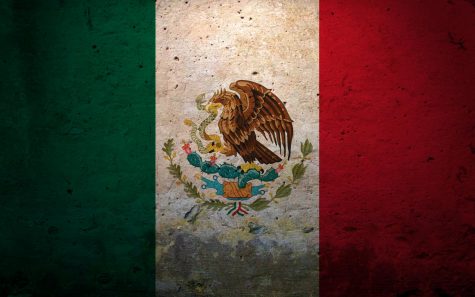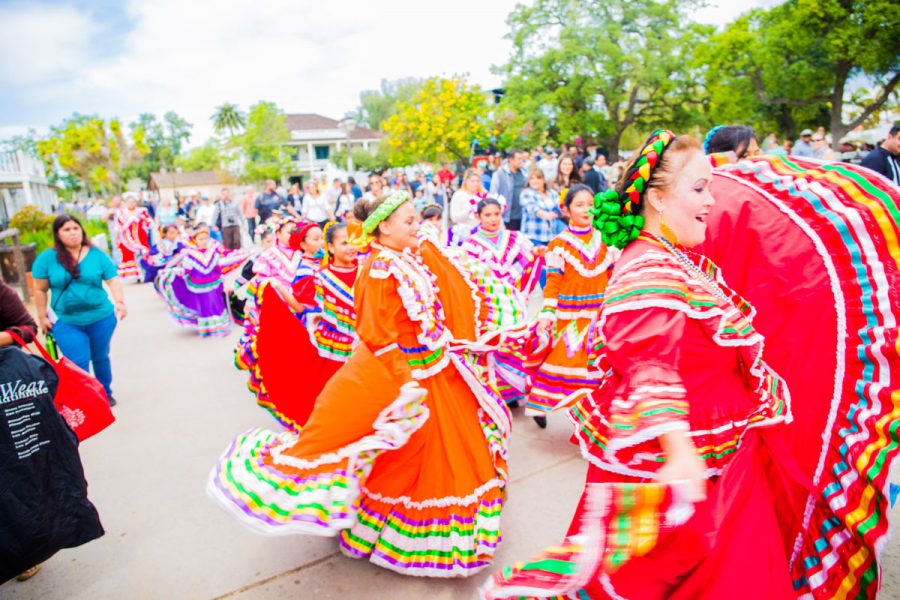The True History of Cinco de Mayo
May 5, 2018
Today, the true history of Cinco de Mayo is often outshined by the bounty of celebrations, lost amidst the dazzle of parades, and forgotten after one too many margaritas. Most Americans are unaware that Cinco de Mayo is more than an excuse to celebrate, but a date that had an immense impact on the American Civil War and Latinos’ place in the United States.
The holiday, which is often mistaken for the Mexican equivalent of the Fourth of July, actually has nothing to do with Mexican Independence. Cinco de Mayo, in fact, is a relatively minor holiday in Mexico. It is unique to the Mexican-American experience and therefore celebrates Mexican heritage and the far-reaching influence it has had on American culture and history.
During the early 1860s, Mexico was in financial collapse after years of internal strife and corruption. Because of these financial difficulties, the Mexican President, Benito Juárez, was forced to default on Mexico’s debt payments to different European countries. Spain and Great Britain were willing to negotiate with Juárez over the payments, but France, under the reign of Napoleon III, had different plans for Mexico. Napoleon III took advantage of Mexico’s financial vulnerability to carve his empire in the Western Hemisphere and establish a Confederate-friendly country that would support the southern cause.
In 1862, certain that success would come easily, 6,000 French troops stormed the small town of Puebla de Los Angeles. Juárez quickly rounded up a ragtag yet loyal army of 2,000 men to oppose the French troops. On May 5th, 1862, in a David and Goliath type of miracle, the greatly outnumbered and poorly supplied Mexican troops were able to defeat the French and push them out of Puebla.
California-based Latinos, who at the time were disheartened by Union struggles in the Civil War, were inspired by Mexico’s triumphant victory against the Confederate-friendly French. Not only was Mexico victorious, but California, as a free state, was ecstatic to see the failure of a French plan to support the South. The Mexican success especially resonated with Mexican and other Latin Americans who had particular reason to protest the white supremacy of the Confederacy.
It wasn’t until much later that Cinco de Mayo became a widespread American holiday. In the 1970s and 80s, as a way to target the Latin-American population, beer companies popularized the holiday as a national day for drinking and celebrating Mexican heritage.
Cinco de Mayo may have been transformed into a day of drinking and dancing by the media, but its unique origins continue to influence the Mexican-American experience to this very day. Parades, parties, and festivals are held across the country, particularly in cities with high Mexican-American populations like Los Angeles, Houston, and Chicago. Celebrations are filled with mariachi music, Mexican folk dancing, and traditional foods like mole poblano and tacos.
It is important that all Americans, not just those of Latin origins, acknowledge the true history of Cinco de Mayo and the momentous impact the battle of Puebla had on United States history.

















































































































































